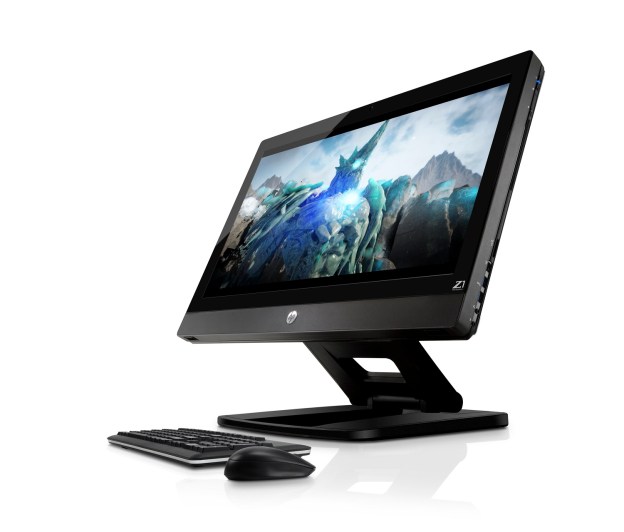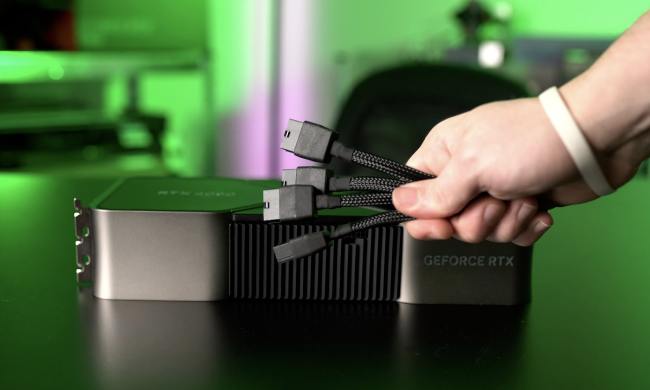 HP is teaming up with one of its largest systems integrators, Los Angeles-based ALT Systems, to deliver workstations bundled with the Unreal Engine. ALT will also deliver workstations tailored specifically to game developers bundled with various Autodesk content creation software solutions. However, bundling a workstation with the Unreal engine is a first.
HP is teaming up with one of its largest systems integrators, Los Angeles-based ALT Systems, to deliver workstations bundled with the Unreal Engine. ALT will also deliver workstations tailored specifically to game developers bundled with various Autodesk content creation software solutions. However, bundling a workstation with the Unreal engine is a first.
ALT also uses Nvidia-based graphics cards from PNY to round out the mix and offer complete solutions designed around HP workstations. According to ALT Systems President Jon D. Guess, bundling the Unreal engine, with help from Epic Games, was in response to customer demand. “Customers asked for consumer GPUs in HP workstations,” Guess told us.
One unique system is HP’s Z1, an all-in-one workstation built around Intel CPUs and Nvidia mobile GPUs. While the Z1 is a bit bulkier than all-in-one PCs for normal office use, the added thickness enables higher-end GPUs to be included. Although it’s not touch-enabled, the Z1 integrates a 27-inch, 2560 x 1440 pixel display. It also supports Intel’s Ivy Bridge generation CPUs, including Core i5/i7 and Xeon-based CPUs. One unique version of the Z1, sold only by ALT, will include an Nvidia GTX 680M, the high end mobile GPU for consumers.

Guess went on to note that ALT Systems’ game developer customers wanted consumer GPUs, in order to more accurately simulate the configurations used by gamers when playing newly developed titles. Like the larger, tower-based Z-series workstations, the Z1’s chassis is modular, allowing easy upgrades of memory, storage, and graphics.
ALT also delivers tower-based workstations with bundled Autodesk or Unreal engine solutions, including HP’s Z620 and high-end Z820 systems. Both the Z620 and Z820 are fully modular and simple to upgrade with tool-free access to storage and graphics cards. Developers can easily swap out different graphics solutions for title testing and QA.
The Z820 is available with dual 8-core Xeon CPUs, offering up to 32 threads and 512GB of DDR3, error-correcting memory. The Z620 also supports dual CPUs, but memory maxes out at 192GB. Both systems offer power supplies with 90-percent efficiency.

System prices range from $2,285, for an entry level Z620, which includes a single Xeon E5-2560 CPU, 12GB of RAM, and PNY GTX 680 graphics card; to $11,995 for a Z820 with bundled 27-inch display and Autodesk Entertainment Creation Suite. The included Z820 features dual Zeon E5-266o CPUs, 32GB of RAM, and a PNY GTX 680. Further details on pricing and available configurations can be found at ALT Systems.


